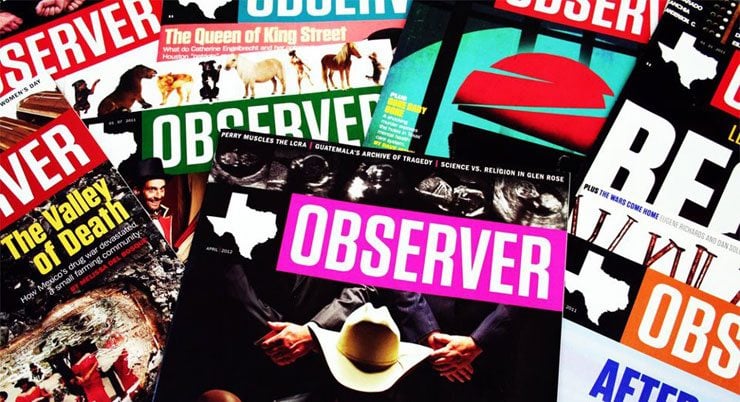
- Select a language for the TTS:
- UK English Female
- UK English Male
- US English Female
- US English Male
- Australian Female
- Australian Male
- Language selected: (auto detect) - EN
Play all audios:
Cities are tough to nail down. They are a jumble of kinetic streetscapes and energetic neighborhoods, of landscapes open (blockfaces) and closed (cul-de-sacs), held together, however
tenuously, by something we dub the city’s limits. Yet this identifiable boundary is about the only thing that is unambiguous. Because to step into an urban ecology–call it Austin–is to
confront its indefinable logic, its high-speed blur. And then add to this kaleidoscopic rush the shifting images and overlapping meanings which individuals hold of such a place and their
place within it. To talk about Austin then is to speak as well of “Austin,” a landscape occupied and imagined, comprehensible and weird; one defined by a tissue of associations that are as
palpable and felt as they are ephemeral. So how make plain these visible and invisible components? How make legible that which is dynamic? How hold Austin inside the covers of a book?
William Scott Swearingen, Jr. believes the answer lies in frame analysis. This analytical tool grew out of researchers’ attempts to comprehend how and why social movements gain adherents and
a hearing. To mobilize oneself “requires finding ways to frame an issue that resonates with others they are trying to mobilize.” If this sounds circular, it is, but it is also an effective
way to make sense of how people are making sense of their political beliefs and social activism. The purpose is not simply to pinpoint the representation “of the thoughts and ideas of the
time,” but to tease out how framing “helps _create_ thoughts and ideas because it is part of the way that social groups define for themselves what is going on.” Injecting this concept into
an urban environment enables scholars like Swearingen to assess how we “define our sense of place.” Austin’s sense of place, he declares, is deeply divided, a division that has roiled local
life for the past forty years or so. His framing of this fissure will surprise no one who has lived in the city during this tumultuous period (thereby confirming my sociology professor’s
comment on the first day of class that his field “is the tedious elaboration of the obvious.”) There’s nothing wrong with making the evident, evident, of course, and Swearingen does a good
job identifying the central values that opposing factions in the community vigorously touted. One group has advocated unfettered growth and development, fueled by global investment,
believing this is essential to Austin’s (and their own) well being. Those who have contested this sprawling vision have developed a competing narrative about the city’s health: its physical
space–its rivers, lakes, and springs, rolling hills and open land–is what has made for such a high quality of life; defending these threatened terrain is essential for the common good. Each
position claims a piece of the modernist impulse: the accumulation of greater wealth in a late-capitalist society depends on a roaring economy; the pursuit of a leisurely life requires
beneficent surroundings. The clash over Barton Springs; the battle royal to protect Hill Country vistas and values; the brawls over linear parks flowing along the creeks; and the epic fight
to take over (and green) city hall–which Swearingen renders with the sure hand of someone who has been on the scene–are reflections of the degree to which his framing of the framing of these
debates dovetails with his intellectual agenda. The fit may be a bit too good. It’s precisely because Austin experienced a dramatic spike in living standards since the 1960s that
environmentalists were able to elevate quality-of-life issues into life-and-death struggles. Missing in this closely focused study, therefore, is an acknowledgement of the broader cultural
connections between ideological positions that appear to be polar opposites. Samuel P. Hays made a similar point in _Beauty, Health, and Permanence_ (1987), a compelling study of U. S.
environmental politics from 1955 to 1985, the very years when Austin exploded in size and political fractiousness. Paying scant attention to the national experience, _Environmental City_
also fails fully to see its urban subject. This is a partial consequence of what its frame excludes: the fraught argument of Growth v. No Growth, for instance, allows little consideration
for life in East Austin where such issues were secondary. Its residents’ principled concern about stark inequities in local housing, education, and public health–environmental-justice issues
all–lie outside the book’s construct. That’s unfortunate, for their worries are every bit as representative of how modern Austin has been lived, felt, and imagined. _Contributing writer
Char Miller is the W. M. Keck Professor of Environmental Analysis at Pomona College, Claremont, CA._





